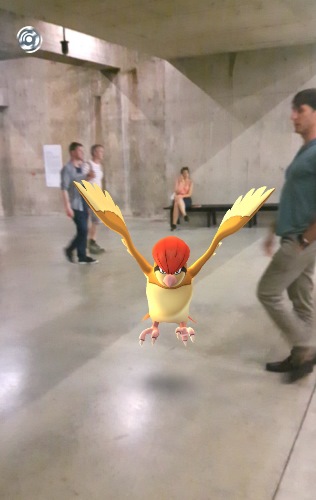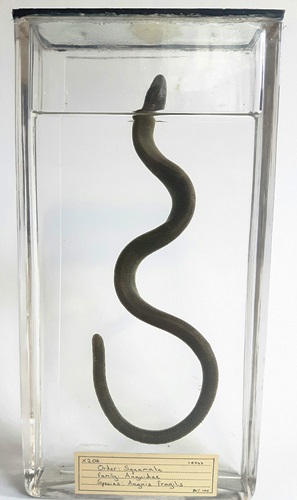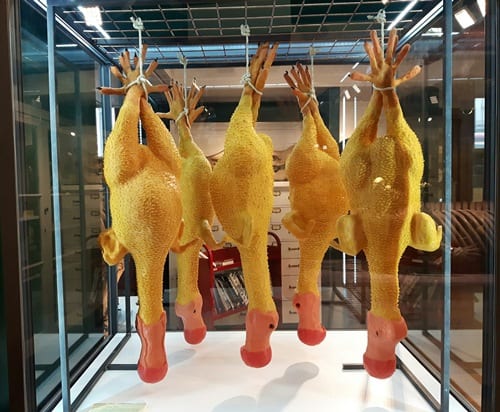80 years ago today, on the 7th September 1936, the last known thylacine died. With it, an entire branch of the tree of life was cut off.

The last living Thylacine in Beaumaris Zoo, 1933. (Image in the public domain, photographer unknown)
Thylacines, or Tasmanian tigers, were the last surviving member of a family of wolf-like marsupials that once hunted across all of Australia – the mainland as well as Tasmania. Regular readers of this blog (particularly these annual Thylacine Day posts, which we celebrate in the Grant Museum every year) will be familiar with the thylacine’s story, so I won’t go into detail here.
A very deliberate extinction
In short, thylacines were accused by Tasmania’s powerful farming lobby of predating sheep, and thereby damaging one of the island state’s principal economies. As a result, in 1830, they established a bounty scheme to encourage people to exterminate them. This policy was later adopted by the government, who (under pressure from the farmers) opted to pay for the bounty scheme themselves from 1888 to 1909. Inevitably over those decades the world’s (then) largest surviving marsupial carnivore’s numbers plummeted. (more…)
 Close
Close











